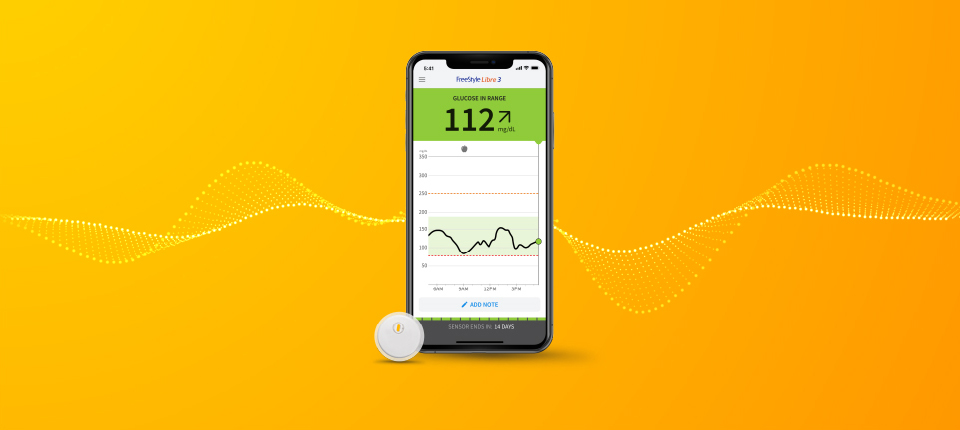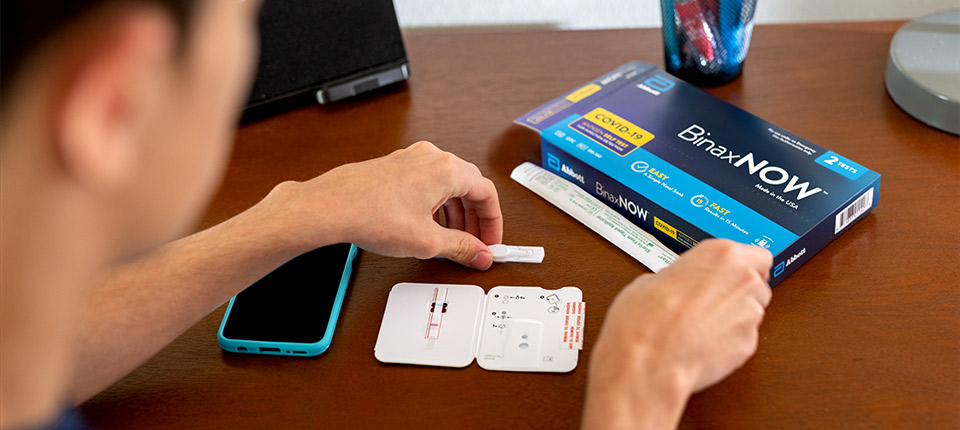The XIENCE V®, XIENCE nano®, XIENCE PRIME®, XIENCE PRIME® LL, XIENCE Xpedition®, XIENCE Xpedition® SV and XIENCE Xpedition® LL , XIENCE Alpine®, and XIENCE SierraTM (XIENCE Family) of Everolimus Eluting Coronary Stents on the MULTI-LINK VISION® or MULTI-LINK MINI VISION® Delivery System
INDICATIONS
The XIENCE Sierra stent system is indicated for improving coronary artery luminal diameter in patients, including those with diabetes mellitus, with symptomatic heart disease due to de novo native coronary artery lesions (length ≤ 32 mm) with reference vessel diameters of ≥ 2.25 mm to ≤ 4.25 mm. In addition, the XIENCE Sierra stent system is indicated for treating de novo chronic total coronary occlusions.
CONTRAINDICATIONS
The XIENCE Sierra stent system is contraindicated for use in:
Patients who cannot tolerate, including allergy or hypersensitivity to, procedural anticoagulation or the post-procedural antiplatelet regimen.
Patients with hypersensitivity or contraindication to everolimus or structurally related compounds, or known hypersensitivity to stent components (cobalt, chromium, nickel, tungsten, acrylic, fluoropolymers), or with contrast sensitivity.
WARNINGS
It is not recommended to treat patients having a lesion that prevent complete inflation of an angioplasty balloon.
Judicious patient selection is necessary because the use of this device carries the associated risk of stent thrombosis, vascular complications, and/or bleeding events.
This product should not be used in patients who are not likely to comply with the recommended antiplatelet therapy.
PRECAUTIONS
Ensure that the inner package sterile barrier has not been opened or damaged prior to use.
Stent implantation should only be performed by physicians who have received appropriate training.
Stent placement should be performed at hospitals where emergency coronary artery bypass graft surgery (CABG) is accessible.
Subsequent restenosis may require repeat dilatation of the arterial segment containing the stent. Long-term outcomes following repeat dilatation of the stent are presently unknown.
Care should be taken to control the guiding catheter tip during stent delivery, deployment and balloon withdrawal. Before withdrawing the stent delivery system, visually confirm complete balloon deflation by fluoroscopy to avoid guiding catheter movement into the vessel and subsequent arterial damage.
When DES are used outside the specified Indications for Use, patient outcomes may differ from the results observed in the SPIRIT family of trials.
Compared to use within the specified Indications for Use, the use of DES in patients and lesions outside of the labeled indications may have an increased risk of adverse events, including stent thrombosis, stent embolization, MI, or death.
Orally administered everolimus combined with cyclosporine is associated with increased serum cholesterol and triglycerides levels.
A patient’s exposure to drug and polymer is proportional to the number and total length of implanted stents. See Instructions for Use for current data on multiple stent implantation.
Safety and effectiveness of the XIENCE Family of stents have not been established for subject populations with the following clinical settings:
Patients with prior brachytherapy of the target lesion or the use of brachytherapy for treated site restenosis, patients in whom mechanical atherectomy devices or laser angioplasty catheters are used in conjunction with XIENCE Family stents, women who are pregnant or lactating, men intending to father children, pediatric patients, unresolved vessel thrombus at the lesion site, coronary artery reference vessel diameters < 2.25 mm or > 4.25 mm or lesion length > 32 mm, lesions located in saphenous vein grafts, unprotected left main coronary artery, ostial lesions, lesions located at a bifurcation or previously stented lesions, diffuse disease or poor flow (TIMI < 1) distal to the identified lesions, excessive tortuosity proximal to or within the lesion, recent Acute Myocardial Infarction (AMI) or evidence of thrombus in target vessel, multivessel disease, and in-stent restenosis.
Everolimus has been shown to reduce the clearance of some prescription medications when administered orally along with cyclosporine (CsA). Formal drug interaction studies have not been performed with the XIENCE Family of stents because of limited systemic exposure to everolimus eluted from the stent.
Everolimus is an immunosuppressive agent. Consideration should be given to patients taking other immunosuppressive agents or who are at risk for immune suppression.
Oral everolimus use in renal transplant patients and advanced renal cell carcinoma patients was associated with increased serum cholesterol and triglycerides, which in some cases required treatment.
Non-clinical testing has demonstrated that the XIENCE Sierra stent, in single and in overlapped configurations up to 71 mm in length, is MR Conditional. It can be scanned safely under the conditions in the Instructions for Use.
The XIENCE Family of stents should be handled, placed, implanted, and removed according to the Instructions for Use.
POTENTIAL ADVERSE EVENTS
Adverse events (in alphabetical order) which may be associated with percutaneous coronary intervention treatment procedures and the use of a coronary stent in native coronary arteries include, but are not limited to, the following:
Abrupt closure, hematoma, or hemorrhage, Acute myocardial infarction, Allergic reaction or hypersensitivity to latex, contrast agent, anesthesia, device materials (platinum, polymer, cobalt, chromium, nickel, tungsten, acrylic, fluoropolymers), and drug reactions to everolimus, anticoagulation, or antiplatelet drugs, Arterial rupture, Arteriovenous fistula, Arrhythmias, atrial and ventricular, Bleeding complications, which may require transfusion, Cardiac tamponade, Coronary artery spasm, Coronary or stent embolism, Coronary or stent thrombosis, Death, Dissection of the coronary artery, Fever, Hypotension and/or hypertension, Ischemia (myocardial), Myocardial infarction (MI), Nausea and vomiting, Palpitations, Peripheral ischemia, Pseudoaneurysm, Renal Failure, Restenosis, Shock/pulmonary edema, Stroke/cerebrovascular accident (CVA), Total occlusion of coronary artery, Unstable or stable angina pectoris, Vascular access complications which may require vessel repair, Vessel dissection
The risks described below include, but are not limited to, the anticipated adverse events relevant for the cardiac population referenced in the contraindications, warnings, and precautions sections of the everolimus labels.
Abdominal pain; Anemia; Angioedema; Constipation; Cough; Diarrhea; Dyslipidemia (including hyperlipidemia and hypercholesterolemia); Dyspnea; Edema (peripheral); Headache; Hyperglycemia; Hypertension; Hypokalemia; Elevations of serum creatinine; Infections: bacterial, viral, fungal, and protozoan infections (may include opportunistic infections); Lymphoma and skin cancer; Male infertility; Oral ulcerations; Nausea; Non-infectious pneumonitis; Pain; Proteinuria; Pyrexia; Rash; Thrombotic microangiopathy (TMA)/Thrombotic thrombocytopenic purpura (TTP)/Hemolytic uremic syndrome (HUS); Urinary tract infection; Upper respiratory tract infection; Vomiting
Live vaccines should be avoided and close contact with those that have had live vaccines should be avoided. Fetal harm can occur when administered to a pregnant woman. There may be other potential adverse events that are unforeseen at this time.






FOLLOW ABBOTT